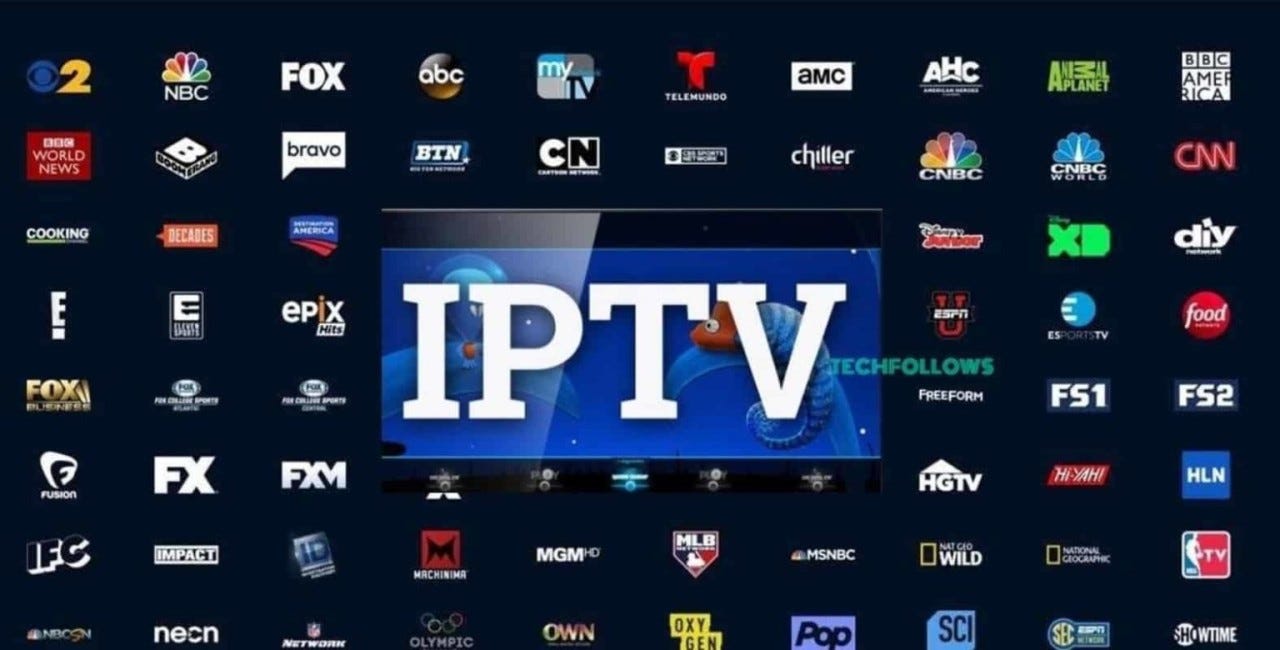Open Unlimited Amusement: Obtain Your IPTV Subscription Today!
Open Unlimited Amusement: Obtain Your IPTV Subscription Today!
Blog Article
How IPTV Functions: A Step-by-Step Guide to Net Procedure Tv Modern Technology
Net Protocol Tv (IPTV) has actually revolutionized the way we take in television web content, using a brand-new realm of possibilities with the power of the web. Recognizing the complexities of exactly how IPTV functions can shed light on the technology that drives this cutting-edge kind of media shipment. From the basic principles of IPTV to the intricate process of content delivery, each step plays an essential function in guaranteeing a seamless watching experience. In this overview, we will reveal the hidden mechanisms that make IPTV a remarkable blend of technology and entertainment.
IPTV Basics
In comprehending IPTV basics, it is essential to comprehend the essential workings of this innovation in providing television material online. IPTV, which stands for Internet Procedure Television, makes use of Net Protocol (IP) networks to send tv content to customers' devices. Unlike standard approaches of broadcasting tv web content via wire or satellite signals, IPTV streams media with high-speed internet connections.

Furthermore, IPTV enables interactive abilities, such as video clip on demand (VOD) and electronic program overviews (EPG), boosting the individual experience by providing even more control and versatility in accessing material. Generally, recognizing the fundamentals of IPTV sets the structure for discovering its advanced performances and the advantages it provides to modern television usage.
Material Delivery Process
Reliable material shipment in IPTV systems includes a well-structured process that makes sure seamless transmission of tv content over IP networks. The web content distribution process in IPTV begins with the development of the video material, which is then inscribed right into digital style ideal for IP transmission.

Middleware Functionality
With the combination of middleware, IPTV systems gain improved performance that improves user interaction and material monitoring. Middleware acts as a critical component that connects the space in between the interface and the back-end infrastructure, assisting in smooth interaction and communication within the IPTV system. One of the key functions of middleware in IPTV is to allow personalized user experiences by giving functions such as interactive program overviews, video-on-demand solutions, interactive advertising, and user choices monitoring. By streamlining these functionalities with middleware, service suppliers can supply a more vibrant and tailored IPTV experience to their clients.

Gadget Compatibility
Given the critical duty of middleware in making it possible for smooth communication and content management in IPTV systems, a critical facet to take into consideration is the compatibility of gadgets utilized for accessing the IPTV solutions. Device compatibility is essential for ensuring a smooth customer experience and optimum performance when accessing IPTV material.
In the context of IPTV, device compatibility describes the capacity of a device to effectively engage with the IPTV solution, show material correctly, and sustain the necessary methods and codecs for streaming video check these guys out web content over the web. Different tools, such as clever Televisions, set-top boxes, smartphones, tablet computers, and computer systems, might have differing levels of compatibility with IPTV solutions.
To ensure a seamless watching experience, it is very important for customers to select gadgets that are compatible with the details IPTV solution they are using. Additionally, IPTV company must provide assistance for a vast array of tools to deal with the diverse requirements of their customer base. By focusing on device compatibility, both individuals and service carriers can boost the overall IPTV experience.
High Quality of Service (QoS)
Taking into consideration the vital duty of keeping a high criterion of performance and reliability in IPTV systems, ensuring constant High quality of Service (QoS) continues to be a fundamental element of the user experience. QoS in IPTV describes the capacity of the system to supply content with very little disturbances, high resolution, and quickly packing times. To attain ideal QoS, different elements require to be attended to. Network bandwidth is vital to sustain high-quality video streaming without buffering or pixelation. In addition, latency, jitter, and packet loss should be lessened to boost the seeing experience.
Provider employ QoS systems such as web traffic prioritization, buffering, and mistake correction to keep a secure IPTV service. By prioritizing IPTV web traffic over much less time-sensitive information, providers can make sure smooth playback even during optimal use hours. Buffering assists make up for network variations, while mistake improvement techniques enhance information stability.
Continual monitoring and optimization of QoS criteria are necessary go to this website to adjust to transforming network problems and user demands. Eventually, a durable QoS framework is important for providing a smooth and satisfying IPTV experience to individuals.
Final Thought
To conclude, IPTV runs with the transmission of television material over web protocol networks. The modern technology includes a methodical process of material delivery, assisted in by middleware performance to ensure compatibility throughout numerous devices. Top quality of Solution plays a vital role in preserving the performance and reliability of IPTV solutions. Comprehending the basic principles of IPTV is important for comprehending the intricacies of this cutting-edge television modern technology.
Report this page